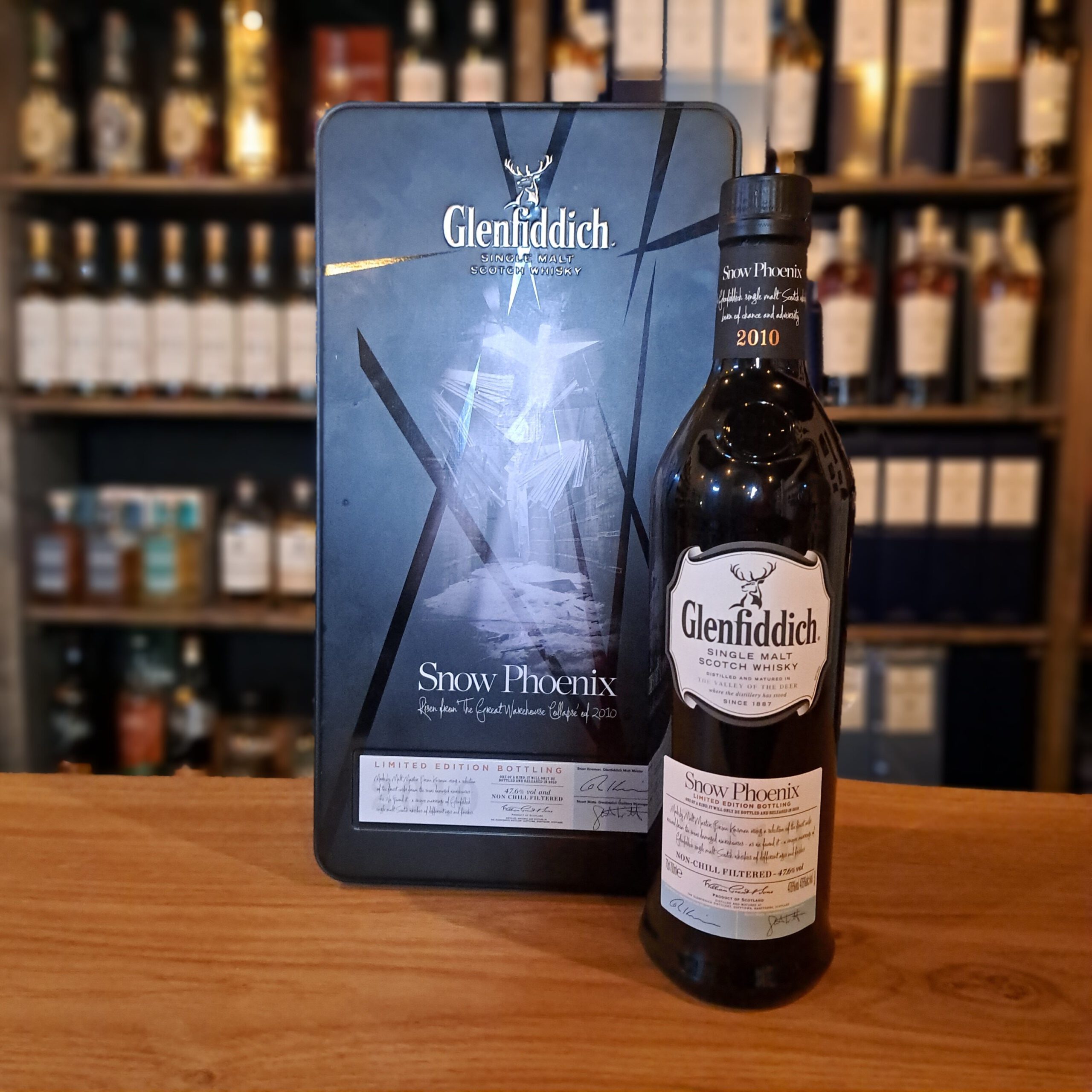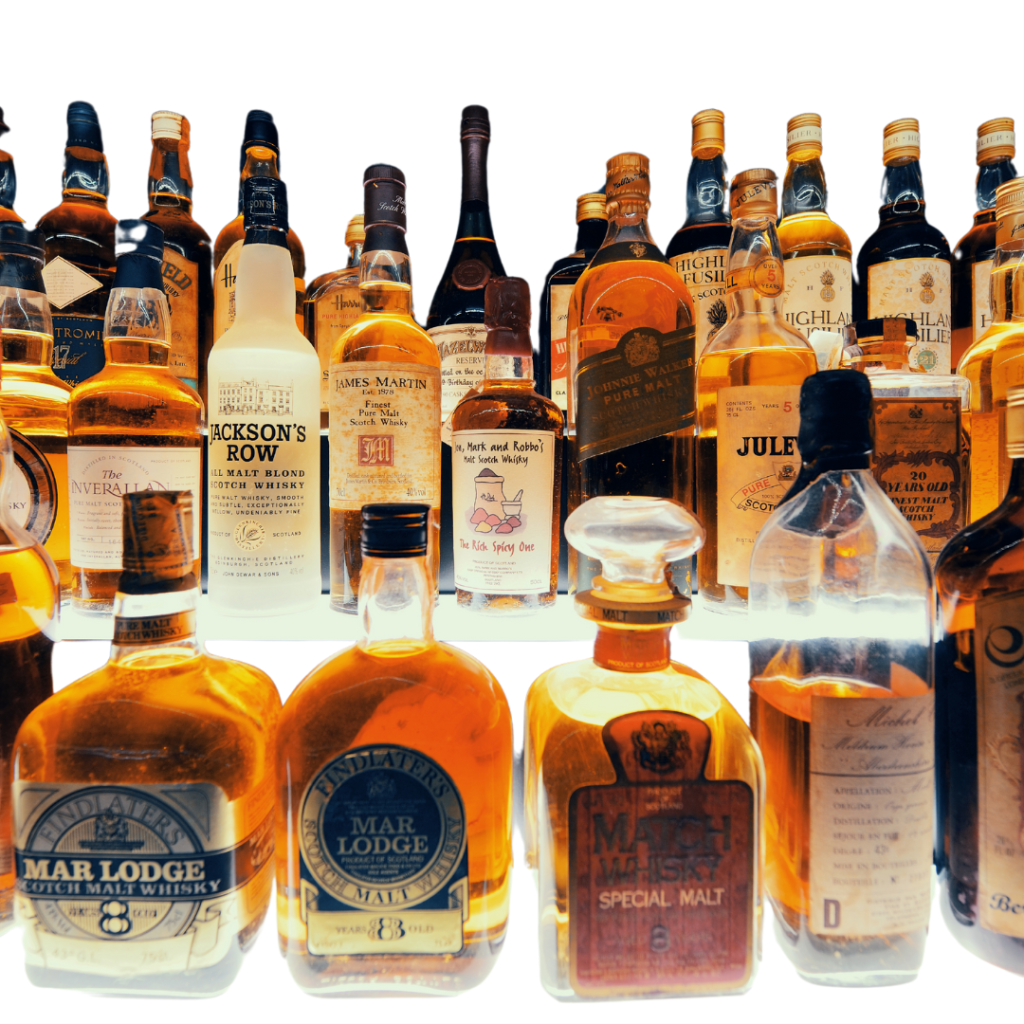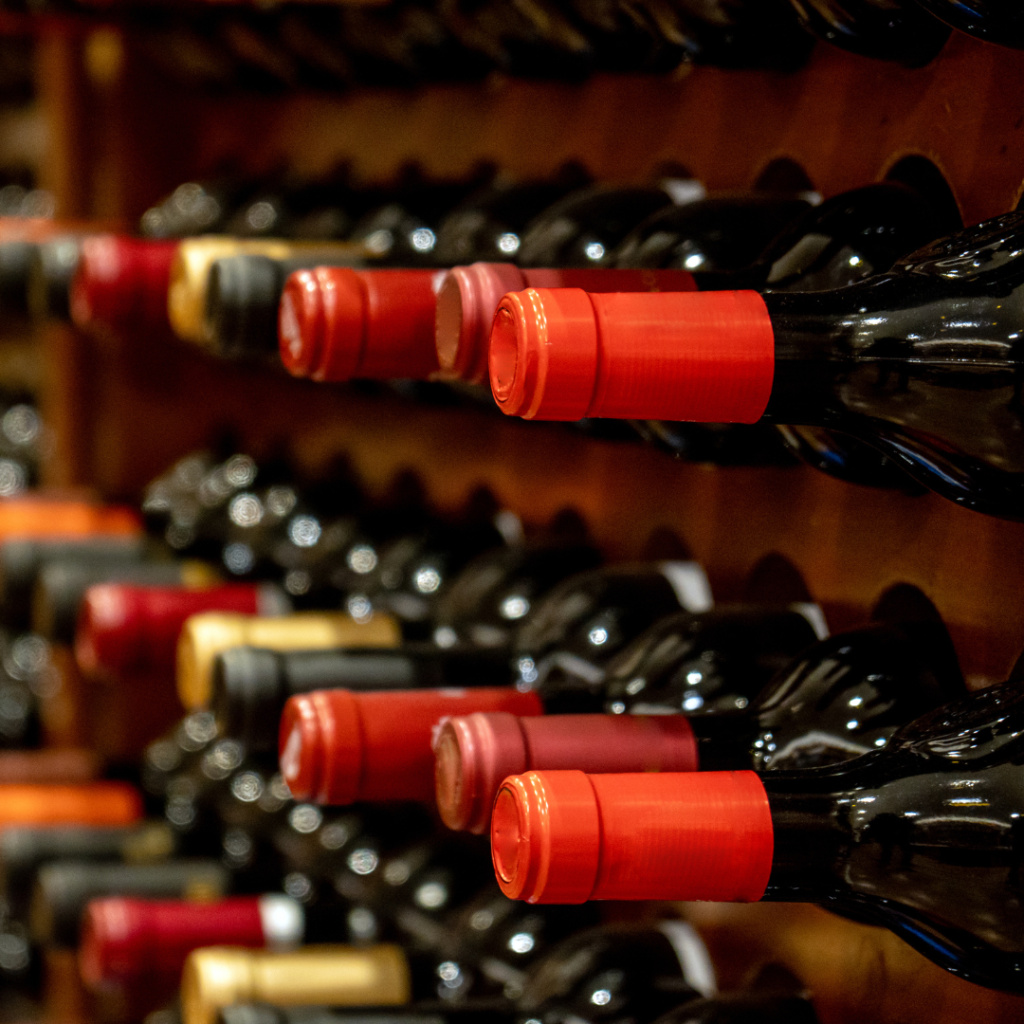Collecting is a passion that involves much more than simply acquiring items. Learn how to value your wine and whiskey collection by focusing on important factors. These include age, rarity, and provenance. Market trends also play a crucial role in determining your collection’s value. Age often increases the worth of both wine and whiskey. Rare or discontinued bottles are more valuable. Proper storage can also impact your collection’s overall value. Provenance, or the item’s history, is essential in authenticating rare bottles. Market trends and brand reputation drive demand for certain items. Understanding these factors will help you protect and maximize your collection’s value.
How to Value Your Wine and Whiskey Collection
Two critical factors to valuing your collection of wine or whiskey, are age and rarity. Generally, the age of the bottle often indicates its quality and exclusivity. The bottle’s rarity can greatly increase its value, especially if it’s from a limited edition or a defunct distillery. Collectors of high-value pieces know that older, rarer bottles can command premium prices. These factors are essential for understanding the market dynamics of fine wines and aged spirits.
Age and Rarity
Generally, the older the bottle, the more valuable it is—especially if it has been stored properly. For wine, this is particularly true for vintage wines from renowned vineyards.
Some Renowned Vineyards for Wine
- Château Lafite Rothschild (France): Located in Bordeaux, this historic vineyard is famous for producing some of the world’s most coveted and expensive wines, particularly its Premier Cru red wine.
- Château Margaux (France): Another Bordeaux vineyard known for its exceptional red wines, Château Margaux is celebrated for its elegance and longevity.
- Domaine de la Romanée-Conti (France): Based in Burgundy, this vineyard produces some of the rarest and most expensive Pinot Noir wines, particularly from the Romanée-Conti vineyard.
- Opus One (United States): A collaboration between France’s Baron Philippe de Rothschild and California’s Robert Mondavi, Opus One produces highly regarded Napa Valley wines.
Aged expressions, like a 25-year-old single malt Scotch, often command high prices due to their long maturation and rarity. Limited edition releases, discontinued bottles, and those from defunct distilleries are also typically more valuable.
Some Renowned Distilleries for Whiskey
- Macallan (Scotland): Famous for its rich and complex single malts, Macallan is a premier distillery known for its high-quality sherry cask-aged whiskies.
- Glenfiddich (Scotland): One of the most well-known Scotch whisky brands, Glenfiddich is celebrated for its consistent quality and innovation in single malt production.
- Yamazaki (Japan): Japan’s oldest whisky distillery, Yamazaki produces highly sought-after single malts, known for their delicate and complex flavors.
- Buffalo Trace (United States): Revered for its bourbon, Buffalo Trace is especially known for the limited-release Pappy Van Winkle and other highly sought-after bourbons.
The Legend of Glenfiddich’s Snow Phoenix

Glenfiddich’s Snow Phoenix emerged from an extraordinary event in January 2010. Heavy snow caused the roofs of several Glenfiddich warehouses to collapse, exposing thousands of aging casks to the harsh winter air. Instead of letting the disaster go to waste, Glenfiddich’s Master Distiller crafted a special, limited-edition whisky to commemorate the event. The result was Snow Phoenix, a blend of rare single malts aged in both American oak and sherry casks, released as a tribute to the distillery’s resilience.
Originally, bottles retailed at the LCBO for around $90. However, since Snow Phoenix has become highly sought after by collectors due to its unique origin story and limited availability. Its value has increased exponentially over the years and bottles are now fetching several thousand dollars at auctions. This blog’s author witnessed firsthand the remarkable rise in value of this one-of-a-kind release, having once owned five bottles. “Had” is the key word, as two bottles have already added to celebrations during weddings, anniversaries, new career milestones, cigar nights, and other memorable occasions with close friends. The remaining three bottles will be passed down to future generations and shared at upcoming weddings.
Brands with a storied history, like Château Lafite Rothschild in wine or The Macallan in whiskey, often command higher prices due to their reputations for quality and consistency. But a collection’s value goes beyond just age and rarity. The provenance, condition and market demand are also incredibly important.
How to Value Your Wine and Whiskey Collection: Provenance, Condition and Market Demand
Knowing the history of a bottle—where it has been stored, who owned it, and how it was acquired—can significantly impact its value. Therefore, a bottle’s provenance is crucial in authenticating rare bottles and ensuring they haven’t been tampered with. Beyond promenance the condition of the bottle and its packaging plays a critical role in its valuation as well. Wine labels should be intact, and the fill level of the liquid should be appropriate for its age. Whiskey bottles should have seals that are unbroken and pristine labels. Bottles shipped in metal tins must remain free of dents and scratches to maintain their value as well.
Like most collectibles, the wine and whiskey markets are subject to market demand and trends. Certain types of wines or whiskeys can spike in value depending on current collector demand. Staying informed about market trends through auction houses, specialty retailers, and collector forums is vital. Wineowners.com has a number of useful valuation tools and registered members can track the value of their own wine collection.
How to Value Your Wine and Whiskey Collection
Learning how to value your wine and whiskey collection is both an art and a science, requiring a deep understanding of the specific items, their history, and the current market. It’s essential to consider factors like age, rarity, condition, and market demand.
As collectors, we understand that a collection’s value goes beyond monetary worth. A collection is about the joy, history, and stories each piece holds. Our Art of Collecting blog introduced this journey into the world of collecting. By learning how to value your wine and whiskey collection, you can fully appreciate its significance. This knowledge empowers you to make informed decisions, whether you plan to sell, insure, or simply enjoy your treasured items.
Over the coming weeks, we will be publishing a series of blog articles on the art of collecting. In partnership with Private Collection Insurance, an insurer that specializes in insurance for collections, we’ll present insights on how to value a collection, whether that is whiskey and wine, vinyl records, or sports cards, for example.
Articles will talk about why insuring your collection is crucial and why a standalone policy is superior to including your collection with your homeowners or tenant insurance policies. We’ll address some of the common misconceptions we’ve heard over the past 15 years and some real-world claims a collector may face. Our goal is simple: to share our passion for the art of collecting. You can read all our articles by clicking here.
We’d love to hear about your collections on Facebook and Instagram. If you are not already following us on those platforms, please consider a like and a follow. Let’s continue the conversation and share in the joys of collecting, together! Let us know how If you’re serious about collecting, consider reaching out to our team of private collection insurance experts.



